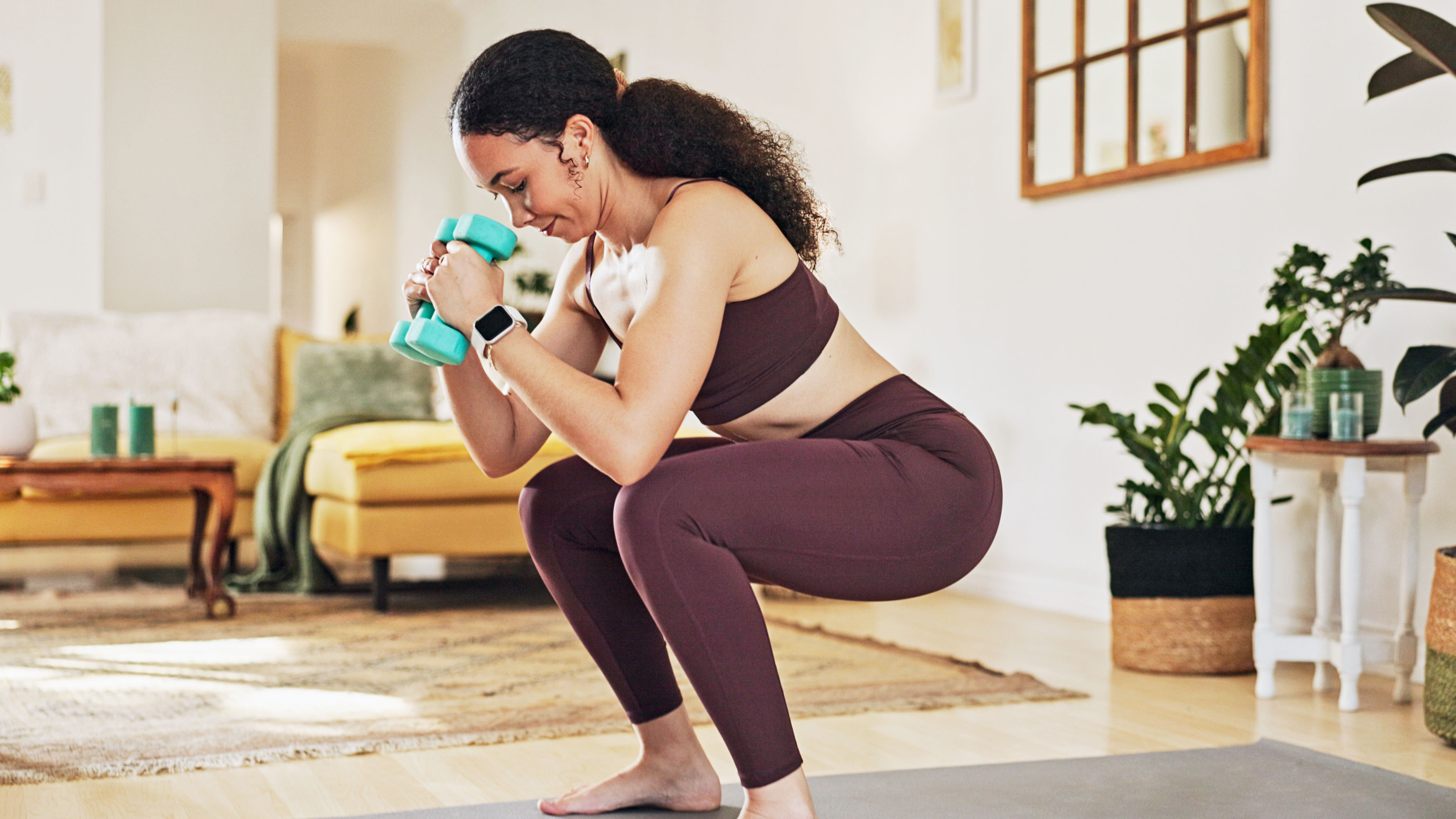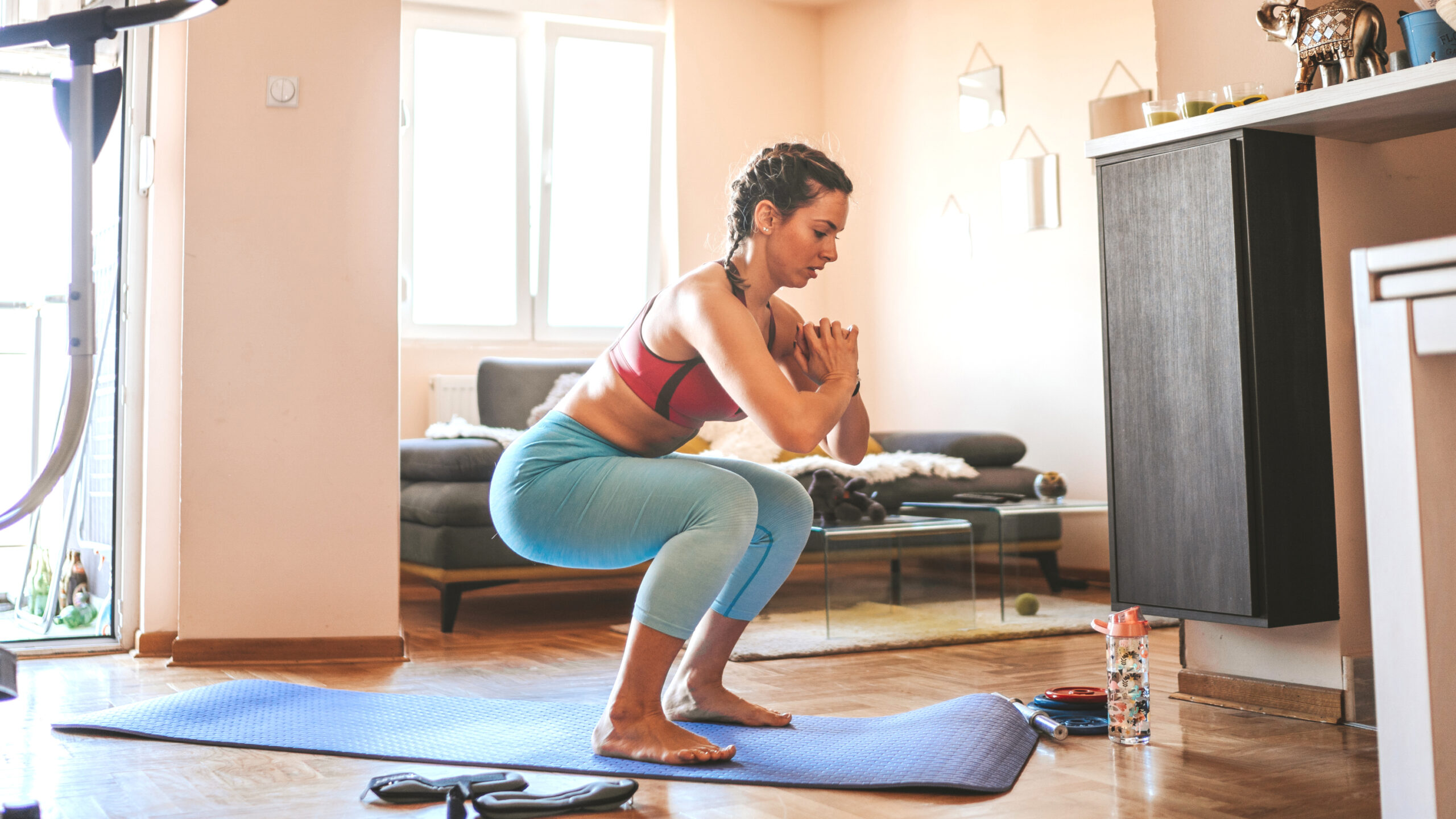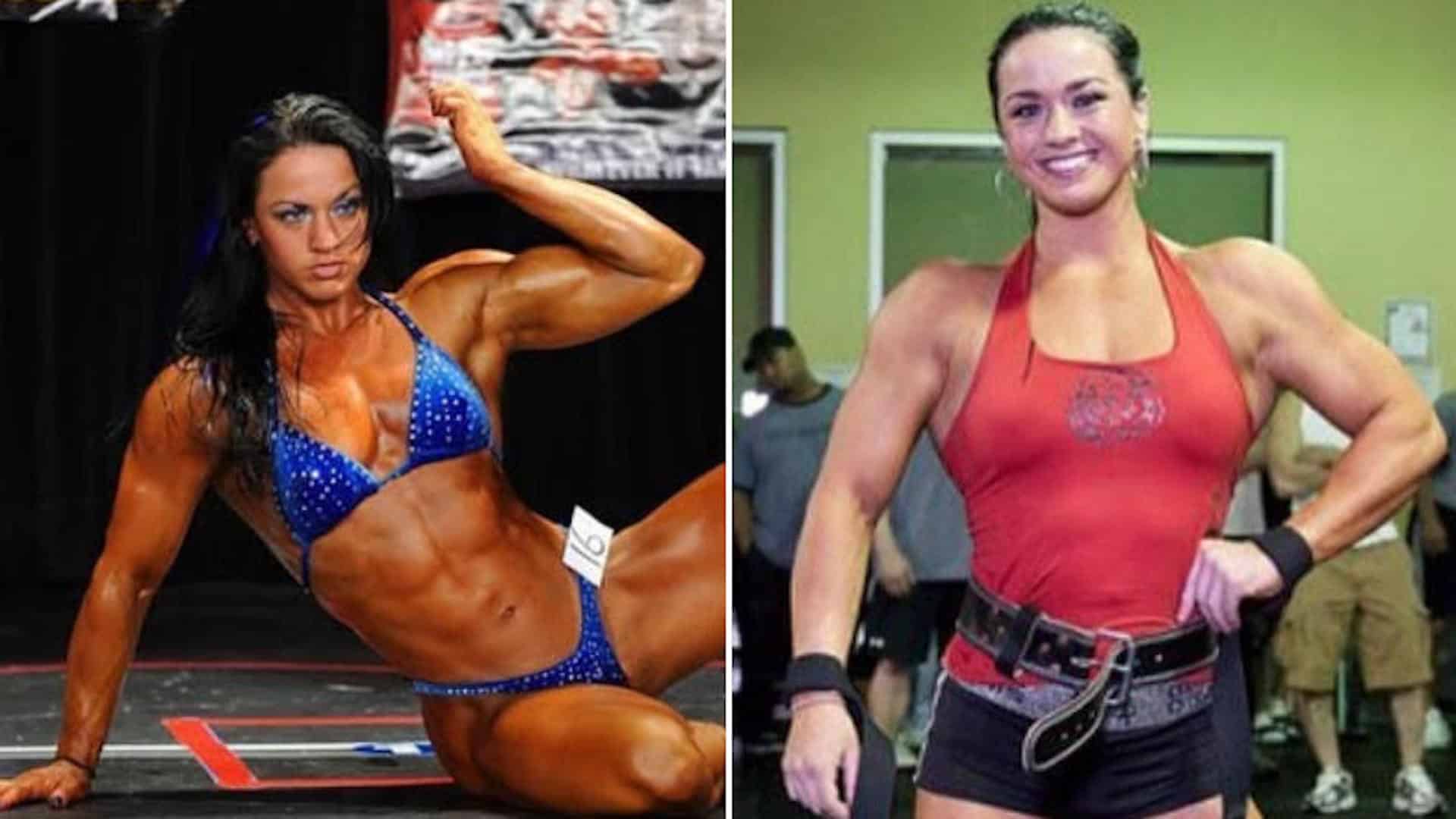I’m a fitness editor and marathon runner, but I have a higher risk of osteoporosis than most people my age, as I also have coeliac disease. Coeliac disease is an autoimmune condition, where the body’s immune system mistakenly attacks the tissue in the small intestine when gluten is ingested. 75% of people with coeliac disease will have a low bone mineral density (BMD), which is what is used to diagnose osteoporosis — a condition where your bones become thin and more likely to break.
I was diagnosed as a child, and have been following a gluten-free diet for years, but as women are at higher risk of osteoporosis than men, I also make sure I’m doing the right exercises to ensure my bones are as strong as possible, for as long as possible.
According to scientific studies, the best exercises for people with osteoporosis and osteogenesis (also known as brittle bone disease) are weight-bearing exercises like running, walking, and stair climbing, and strength training, such as lifting weights.
As always, if you are at risk of osteoporosis or you’ve been diagnosed, it’s always a good idea to speak to a doctor or physical therapist before taking on a new workout routine.

Here are the 5 exercises I do to increase bone density
I run marathons, so I get a lot of weight-bearing exercise. Where I’m not so committed is weight training in the gym. I cancelled my gym membership when my son was born, so instead, I’ve invested in a set of the best adjustable dumbbells and done my research into exercises I can do from home to improve my bone density.
One simple routine I found is devised by physiotherapist, Dr Stacie, who is the owner of The Physio Fix. Here are the five simple exercises she recommends doing:
- Goblet squat to box: For this exercise, you’ll need a box or a chair, and a heavy dumbbell. Holding the dumbbell against your chest, complete a goblet squat until your glutes hit the chair, then push through your feet to return to your starting position. Keep your core engaged throughout. This exercise works the lower body, but in particular, the force of gravity, combined with the additional weight of the dumbbell, puts a compressive load on your spine, hips, and femurs. This triggers bone-building cells to become more active and create new bone tissue.
- Row to tricep extension: For this exercise, you’ll need a heavy dumbbell and a chair to lean on. After you’ve completed a row, extend your arm away from your body to work your triceps. Ensure you complete the same number of reps on each side. Remember, the right weight will feel challenging, but not impossible by the final few reps. Like muscles, to increase your bone density, you’ll need to follow the progressive overload principle — this means increasing the weight over time, to ensure you’re placing new demands on your bones.
- Curl to overhead press: This compound exercise works the biceps, triceps, shoulders, and core, so you’re getting a lot out of one move. Ensure your core is engaged as you lift to keep your body stable — your torso should not swing back and forth as you lift.
- Deadlift: Dr Stacie adds that this can be a full deadlift, where the dumbbell or kettlebell touches the ground in front of you, or a Romanian deadlift, where it doesn’t. Remember to keep a light bend in your knees throughout, and your back straight as you lower the weight. This exercise is working the posterior chain, or the muscles along the back of the body, including glutes, hamstrings, and lower back.
- Farmer’s carry: This exercise works on your grip strength, which Dr Stacie says correlates to overall health and bone density. According to one study, grip strength was found to be an indispensable biomarker for older adults. The study concluded, “grip strength is largely consistent as an explanator of concurrent overall strength, upper limb function, bone mineral density, fractures, falls, malnutrition, cognitive impairment, depression, sleep problems, diabetes, multimorbidity, and quality of life.”

How does strength training increase bone density?
When you lift a weight, the force of that weight, combined with gravity and your own body weight, puts a load on your bones. This compressive force stimulates bone-building cells in your body, called osteoblasts. These osteoblasts create new bone tissue, and the more active these cells are, the more you’ll increase your bone mineral density. In other words, you need to strength train regularly to see a difference in your bone density.
As well as this, as you lift a weight, your muscles contract and pull on the tendons in your body, which are attached to your bones. This tension is another stimulus for bone growth.
Follow Tom’s Guide on Google News to get our up-to-date news, how-tos, and reviews in your feeds. Make sure to click the Follow button.




